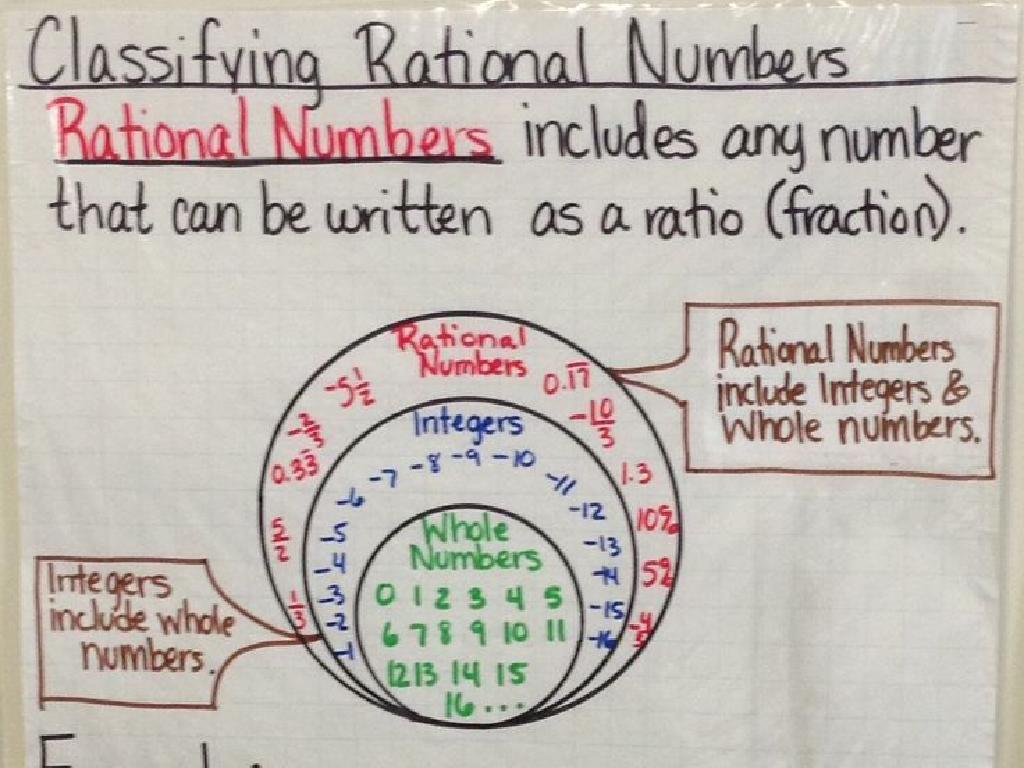New England Colonies: Economy And Interactions With Native Americans
Subject: Social studies
Grade: Seventh grade
Topic: Colonial America
Please LOG IN to download the presentation. Access is available to registered users only.
View More Content
New England Colonies: Economy & Native Interactions
– Introduction to New England
– Explore the geography and founding of New England
– Grasp the historical context
– Set in the 17th century, northeastern America
– Economy of the Colonies
– Focus on fishing, whaling, and shipbuilding industries
– Native American Relations
– Trade, alliances, and conflicts with Native tribes
|
This slide introduces students to the New England Colonies, setting the stage for understanding the economic practices and interactions with Native Americans during the colonial period. Emphasize the unique geographical features that influenced the economic activities such as fishing and shipbuilding. Highlight the time period of the 17th century to provide historical context. Discuss how the economy was closely tied to the natural resources available and how this led to trade and sometimes conflict with the Native American tribes. Encourage students to think about how geography can influence the development of an economy and the complexities of relationships between different cultures.
Settling in New England: Early Colonists and Community
– Who were the New England settlers?
– Pilgrims & Puritans seeking religious freedom
– Impact of harsh climate on settlement
– Cold weather hindered farming; led to other industries
– Community significance in New England
– Strong communities for mutual aid and defense
– Adaptation and survival strategies
– Developed trade, fishing, and shipbuilding to thrive
|
This slide introduces students to the early settlers of New England, primarily the Pilgrims and Puritans, who came seeking religious freedom. Emphasize the challenges posed by the harsh climate, including long, cold winters that made traditional farming difficult. Highlight the importance of community as a means of providing mutual aid, governance, and defense in a challenging environment. Discuss how settlers adapted by developing other industries such as trade, fishing, and shipbuilding, which became the backbone of New England’s economy. Encourage students to consider how the climate and geography of an area can influence the development of a society’s economy and social structure.
Economy of the New England Colonies
– Fishing, whaling, shipbuilding industries
– Coastal resources led to a thriving maritime economy.
– Small-scale farming by families
– Families worked together to grow crops for survival, not just profit.
– The Triangle Trade system
– A trade route exchanging goods between the Americas, Africa, and Europe.
– Impact on colonial economy
|
This slide explores the economic activities that were central to the New England Colonies. Emphasize the importance of the natural resources available, such as fish and whales, which led to the development of related industries like shipbuilding. Discuss how the geography of New England was less suited to large-scale farming, leading to smaller family farms focused on subsistence rather than cash crops. Introduce the concept of the Triangle Trade, a complex system of transatlantic exchange that was pivotal to the colonial economy. Highlight how these economic activities shaped interactions with Native Americans and other colonies. Encourage students to consider how geography influenced the economic development of the New England Colonies compared to others.
Interactions with Native Americans in New England
– Early settler-Native relations
– Initial cooperation for survival and learning
– Trade and cultural exchanges
– Exchanging goods, ideas, and practices
– Conflicts and alliances formed
– Disputes over land, resources led to wars
– Impact on economy and society
– Alliances shaped power dynamics, economy
|
This slide explores the complex relationships between New England colonists and Native Americans. Initially, settlers often relied on Native Americans for survival tips and farming techniques suitable for the new land. Trade became a cornerstone of interaction, with colonists exchanging metal tools and weapons for furs and food. Cultural exchanges also occurred, though often overshadowed by the impact of European diseases on Native populations. Conflicts inevitably arose, primarily due to differing views on land ownership and resource use, leading to wars such as the Pequot War. Alliances, such as those during King Philip’s War, were strategic, impacting the colonial economy and the balance of power. Discuss the nuanced nature of these interactions and their long-term effects on both societies.
Daily Life in the New England Colonies
– Roles of men, women, and children
– Men farmed and traded, women managed homes, children helped with chores
– Influence of education and religion
– Schools and churches were centers of community life, shaping beliefs and behaviors
– Community events significance
– Gatherings like town meetings and church services strengthened community bonds
– Daily routines in colonial times
|
This slide aims to give students a glimpse into the everyday life of people in the New England Colonies. Discuss the distinct roles and responsibilities that men, women, and children had during this time, emphasizing the patriarchal structure of society. Highlight how education was primarily conducted at home or in small local schools and how religion played a pivotal role in shaping the community’s values and daily practices. Explain the importance of community events, such as town meetings and church services, which were central to colonial life and served as a place for socializing and making important decisions. Encourage students to compare and contrast these historical lifestyles with their own, fostering a deeper understanding of the past.
Role-Play Activity: Settlers & Native Americans
– Divide into settlers and Native Americans
– Role-play trade negotiations
– Imagine trading goods like fur or tools
– Conduct a town meeting simulation
– Debate on issues affecting the colony
– Discuss experiences and perspectives
– Share insights from each group’s viewpoint
|
This class activity is designed to immerse students in the historical context of the New England Colonies by having them role-play as settlers and Native Americans. By dividing the class into groups, students will gain a deeper understanding of the economic interactions and the complexities of relationships during that era. The trade negotiation role-play should focus on the exchange of goods such as furs, tools, and other resources. The town meeting simulation will allow students to debate on issues such as land rights, trade policies, and community decisions. After the role-play, lead a discussion for students to reflect on the experiences, challenges, and perspectives of each group. This will help them appreciate the historical nuances and develop empathy. Possible activities include negotiating a peace treaty, planning a joint settlement defense, or establishing trade agreements. Encourage creativity and critical thinking.
Reflecting on New England Colonies
– Recap: Economy & Native Interactions
– Impact on the region’s development
– How trade and conflict with Natives influenced society and economy
– Engage with thought-provoking questions
– What might have happened differently with altered Native relations?
– Open floor for discussion
|
This slide aims to consolidate the students’ understanding of the New England Colonies by summarizing the key points discussed in the lesson. Emphasize the symbiotic yet complex relationship between the colonists’ economy and their interactions with Native Americans. Highlight how these interactions were pivotal in shaping the region’s social, cultural, and economic landscape. Encourage students to think critically about the historical context and to consider alternative scenarios. The open discussion should allow students to ask questions, express their thoughts, and engage with the material in a deeper way, fostering a more comprehensive understanding of the historical significance of these interactions.



/convergence_divergence_history.png)


